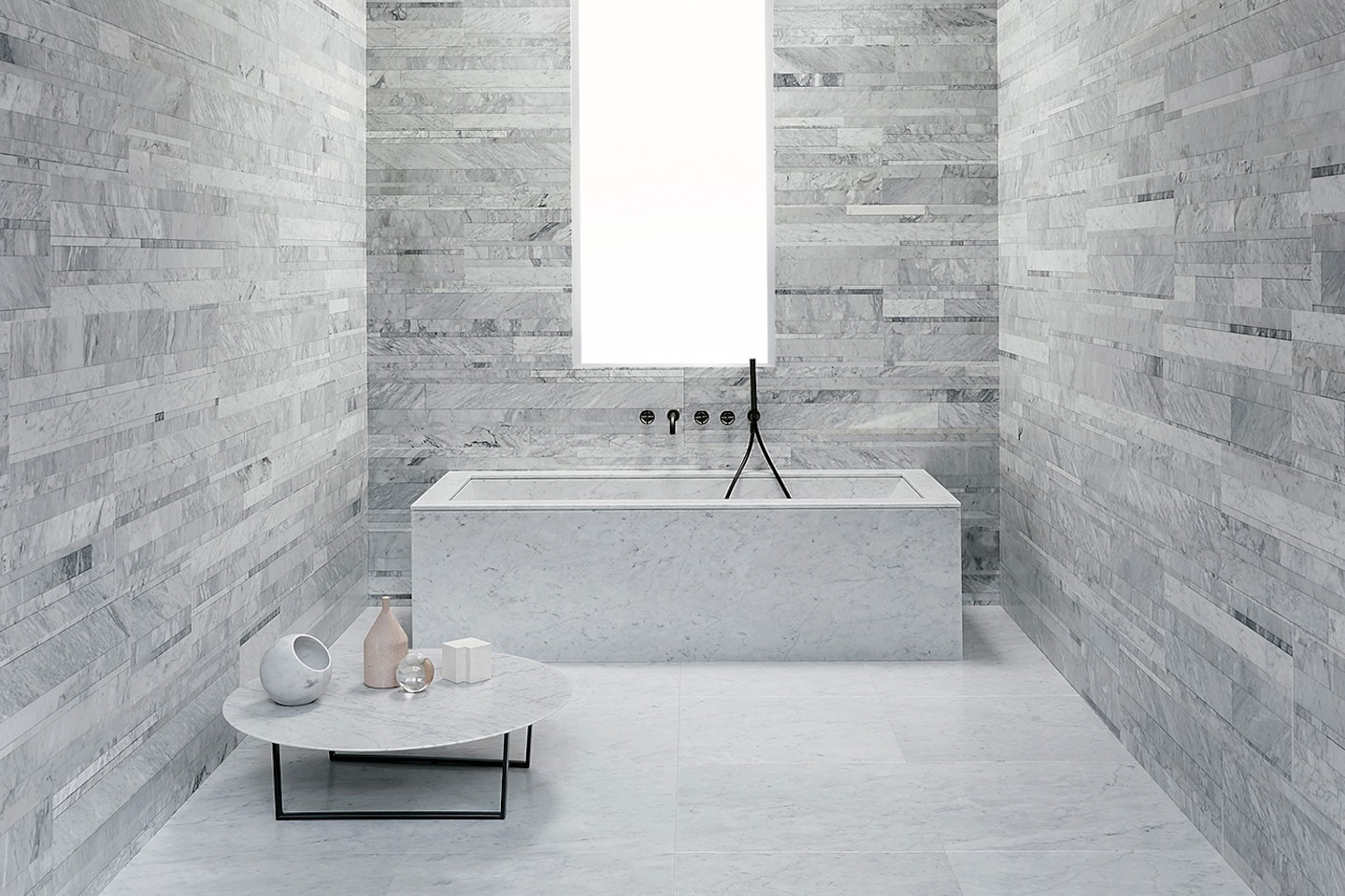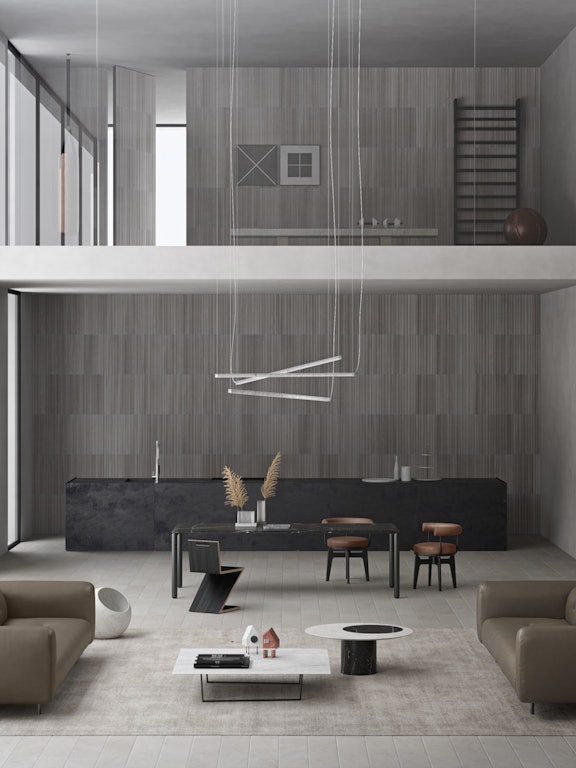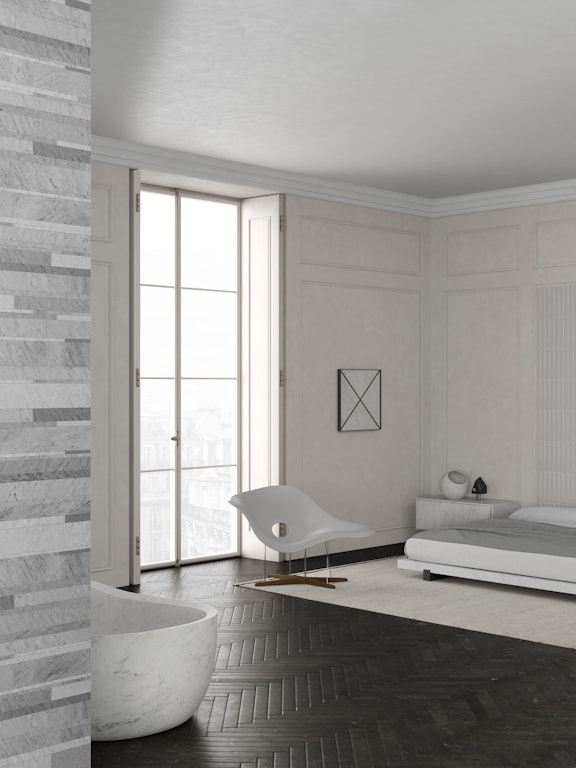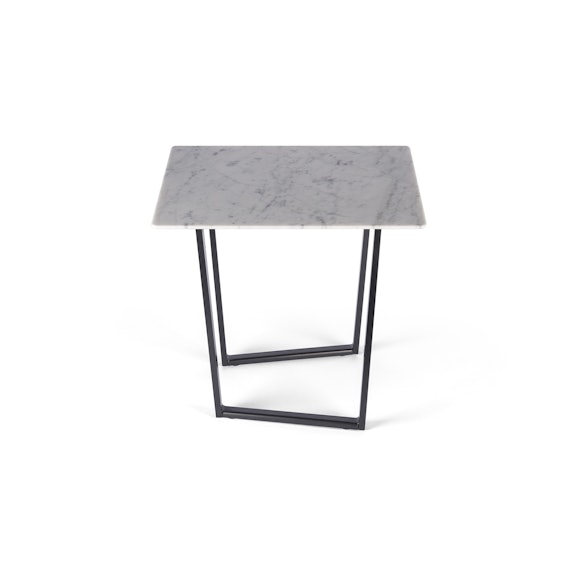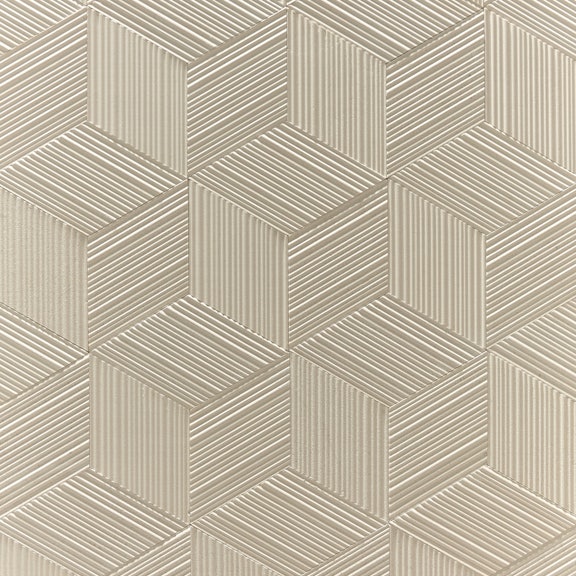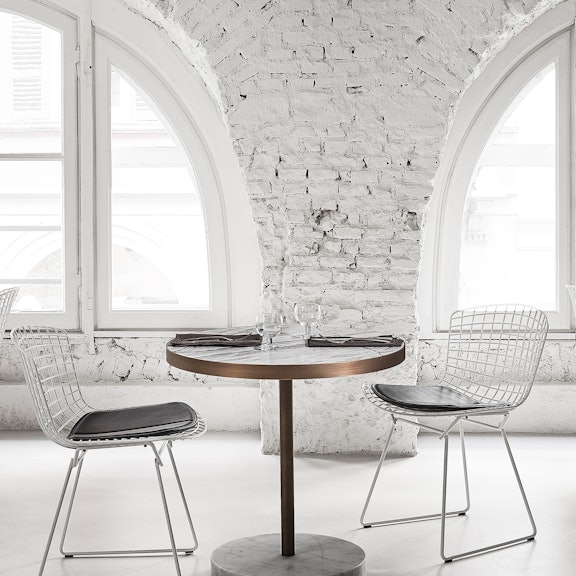Sustainable design: what is it?
03.2022
Sustainable design boasts a history dating back to the 1800s and we endeavour to carry it on every day, with creations such as Lithoverde® and Romboo.
Sustainable design: what is it?
In recent years, the intensity with which a term and its related microcosm have found their way into discussions about design (among other subjects) has increased: eco-sustainability has now become a mission of intent, a necessary look at environmental needs, reflected in human needs. But what exactly is sustainable design? Simply, it can be understood as the design and creation of a product that fully respects the environment. Sustainable design, therefore, aims to eliminate or at least minimise the negative effects of such a product, in its manufacture and disposal, on the ecosystem.
A profoundly noble reality, therefore, which we practice with the utmost attention on a daily basis. In this article we will see some examples of how our company constantly puts this mission into practice.
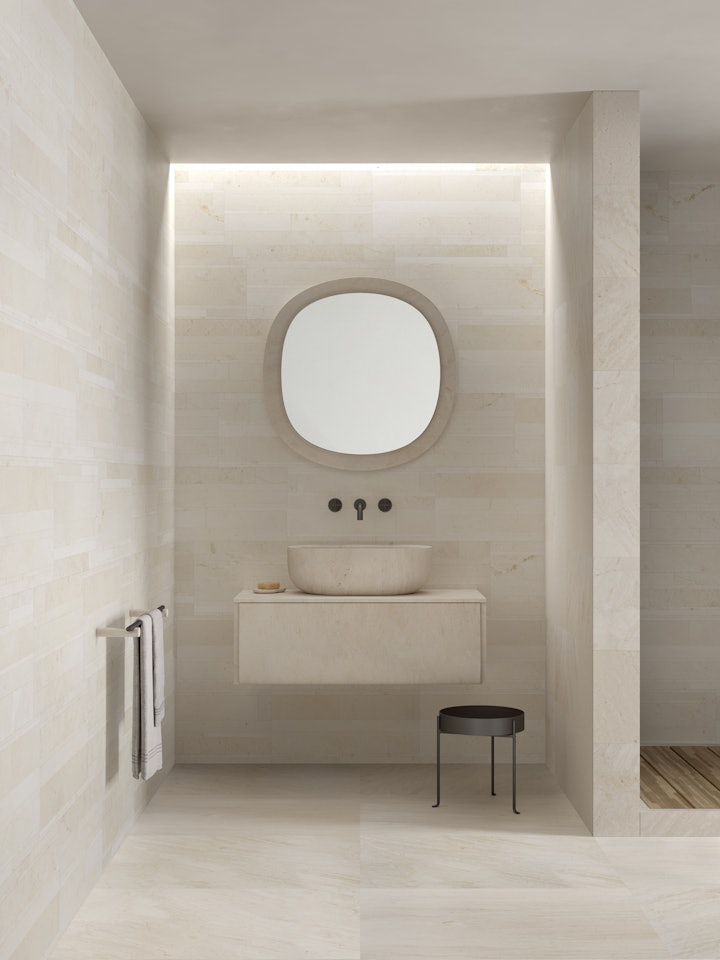
Lithoverde®: green is more beautiful
The first rule of sustainable design is to use recyclable or recycled materials: reducing resource depletion is key to a sustainable future.
Indeed, scraps are always a bad response, in any context: why throw away food when there are people who do not have the same daily fortune as we do? Why let shabby waterworks waste the most precious resource we have? The examples are potentially endless. Companies should not waste either, and this is what we said to ourselves when we saw that marble processing, with the associated production of objects, involves immense amounts of scraps: more than half of a block does not reach the final step of the production process. So here instead we reasoned that the abundant half of the scraps was no longer to be considered as such, and we created Lithoverde®, the first texture in the world made (almost) entirely from waste material. That ‘almost’ translates into 1% natural soy-based resin, which is needed to bond the marble, and which is able to further improve the technical characteristics of the slab, creating an even more durable product – which in itself is another important principle of sustainable development.

Romboo: ecological geometries
Another of our creations, Romboo, has also risen from metaphorical ashes, albeit of a different kind. In fact, its birth is due to the intention of rehabilitating the unused material of another important member of the Salvatori family: Bamboo. Here, too, we thought that finding a new identity for stone otherwise destined for disposal was the right move in the name of sustainability, as well as a challenge from a creative and aesthetic point of view. We think we have succeeded: through its almost homonymous evolution of diamond textures, the lines of Bamboo have become perfect for enhancing the play of light and are available in four exciting variants (Bianco Carrara, Crema d’Orcia, Pietra d’Avola and Silk Georgette®).
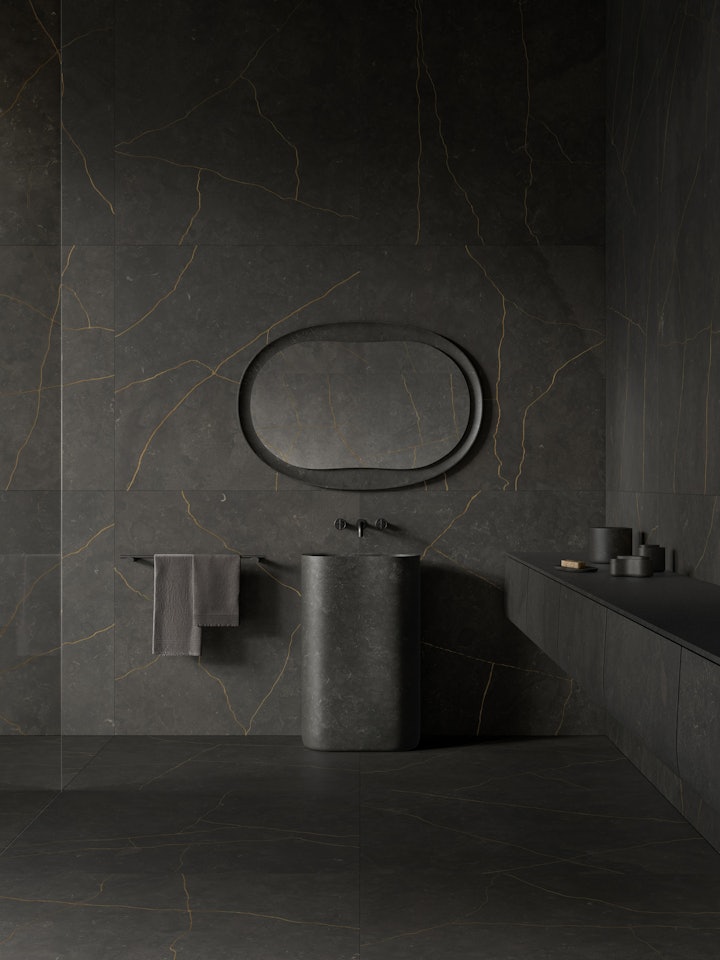
Lost Stones: valuable sustainability
One last great example of our commitment to ecological and sustainable production is the Lost Stones project. The idea was born from the desire to recover old marble slabs, discarded for small or even large defects, and restore them to their original splendour using the Japanese technique of Kintsugi.
Using a precious gold resin, we have securely repaired the existing breakage points, giving the slab a real second life. To take the project to an even higher level, we visited numerous warehouses throughout Italy: in this way, we were able to recover slabs used for the Notre Dame cathedral in Paris and the famous Barcelona Pavilion by Mies van der Rohe. The result was the creation of unique pieces that bring new value to stone and embrace its entire historical journey.
Products with a high design value, which fully reflect the eternity that has always distinguished natural stone.
